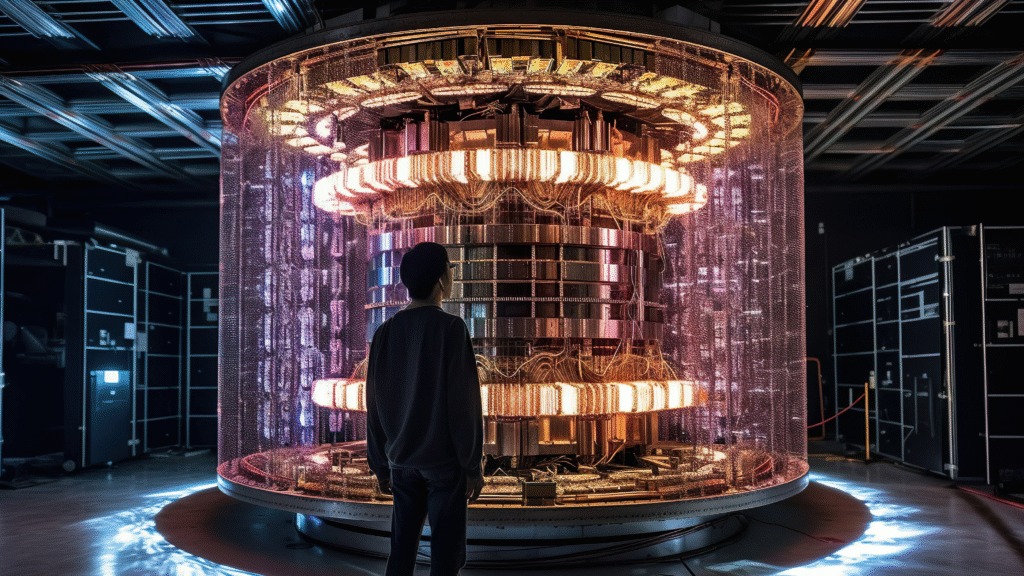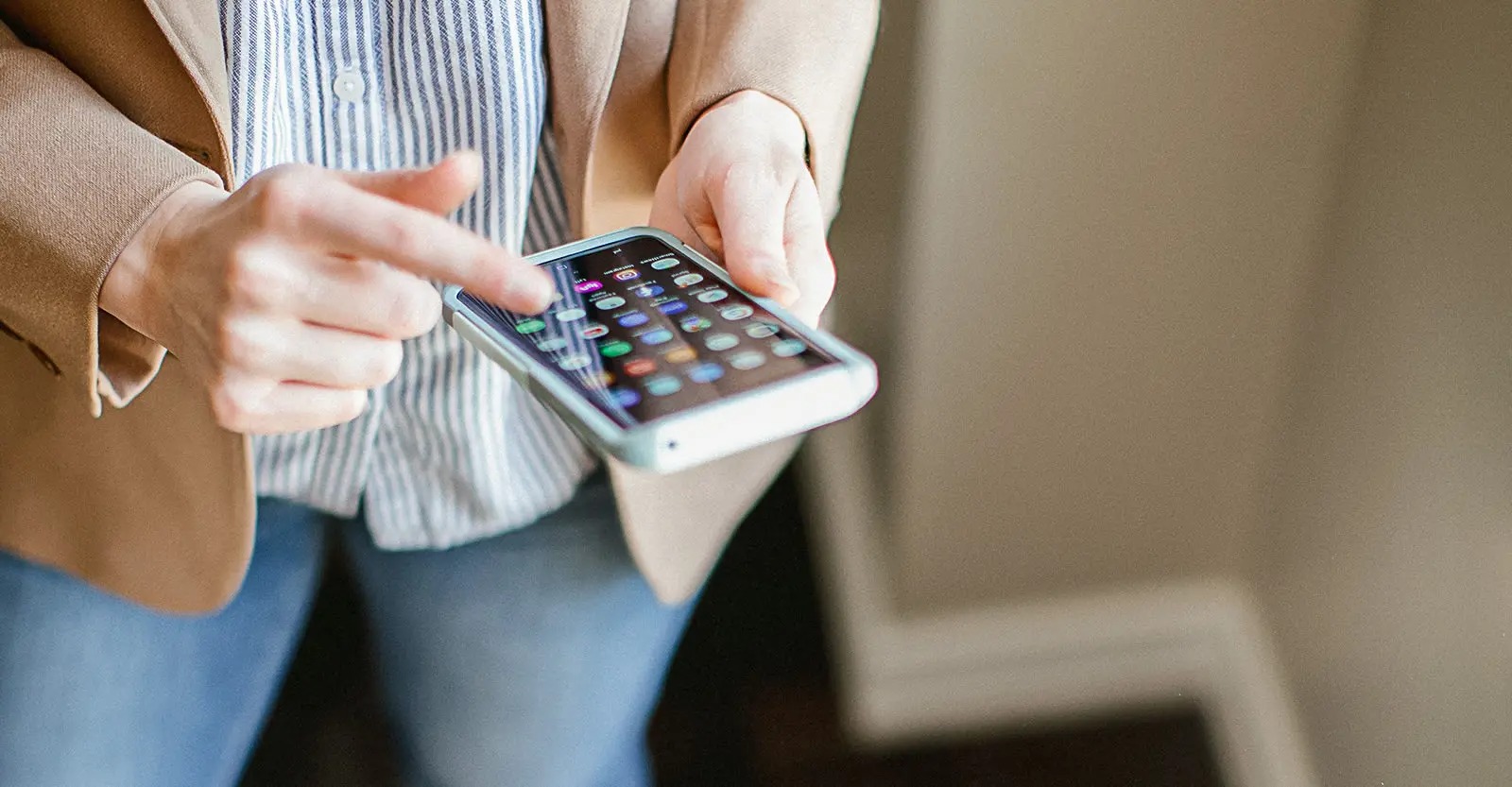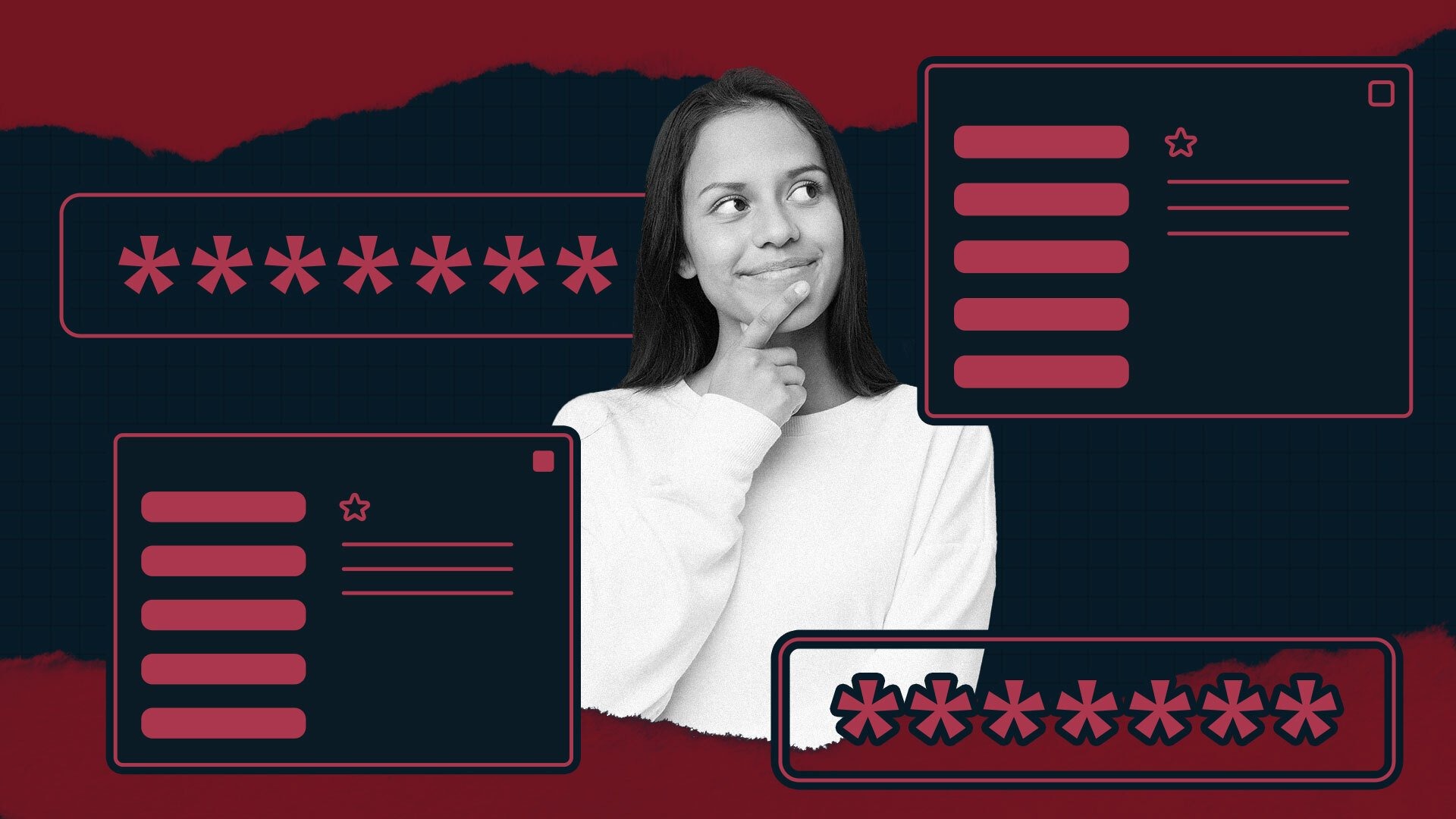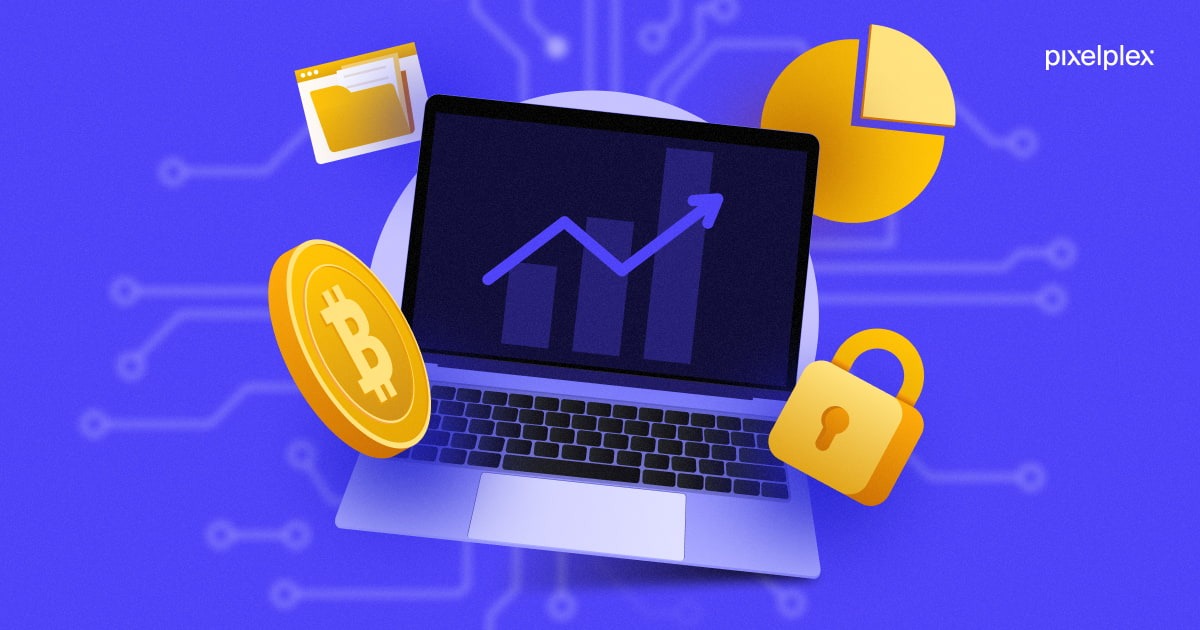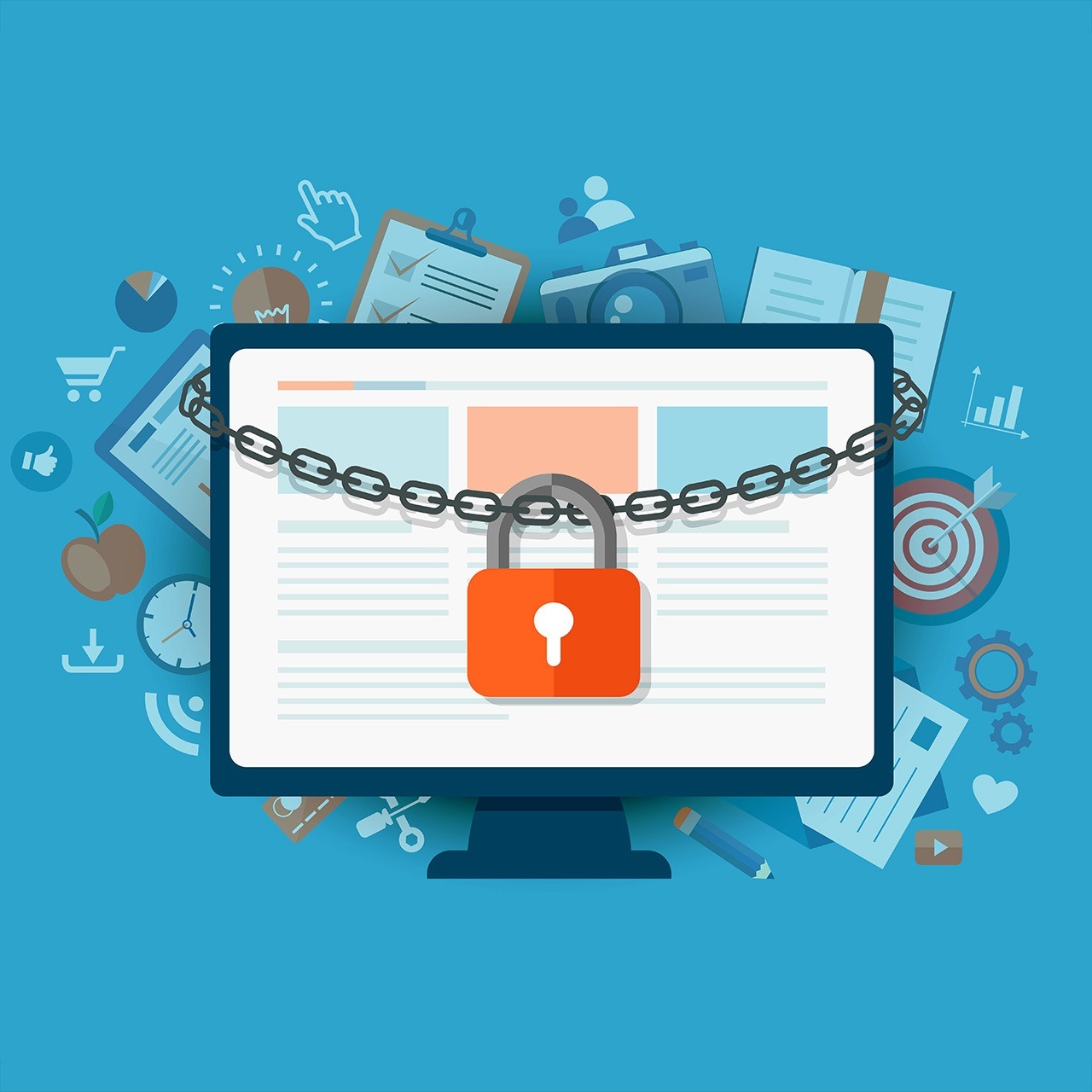What Is Blockchain, in Simple Terms?
Let’s keep it straightforward.
A blockchain is a decentralized digital ledger that records transactions in a secure, transparent, and tamper-proof way. Instead of relying on a central authority (like a bank or government), it distributes copies of this ledger across a network of computers (nodes). Every entry, or "block," is linked to the one before it — making it nearly impossible to alter without affecting the entire chain.
In short: it builds trust without needing a middleman.
Now, let’s explore how that concept is changing the game across different industries.
1. Supply Chain Transparency
The problem: Global supply chains are complex and often opaque. It’s hard to trace the origin of products, which leads to counterfeiting, unethical labor, and waste.
How blockchain helps:
-
Every step of a product’s journey — from raw material to finished product — can be recorded on a blockchain.
-
This creates a transparent, tamper-proof history anyone in the chain can verify.
-
Consumers can scan a QR code to see exactly where their food, clothing, or electronics came from.
Real-world example:
Walmart uses blockchain to trace the origin of food products, like lettuce, in seconds instead of days — reducing the risk of contaminated food reaching shelves.
Tip: If you're in retail or manufacturing, explore blockchain platforms like IBM Food Trust to improve traceability.
2. Healthcare and Medical Records
The problem: Medical data is often scattered across different systems, hard to access, and vulnerable to breaches.
How blockchain helps:
-
Patients can control who accesses their data and share records securely with doctors, regardless of the hospital or country.
-
Every change to a record is time-stamped and cannot be deleted, which improves accountability.
Real-world example:
Estonia, a leader in e-governance, uses blockchain to secure health records for its entire population.
Tip: Patients and providers alike should support healthcare systems that give users control of their own data — blockchain makes this not only possible but efficient.
3. Digital Identity and Personal Data
The problem: Personal information is stored by dozens of companies, often without your knowledge — and data breaches are becoming more common.
How blockchain helps:
-
Instead of creating a new profile for every website or app, blockchain enables self-sovereign identity — where you own and control your digital ID.
-
You can verify your age, citizenship, or other attributes without revealing all your personal details.
Real-world example:
Microsoft’s “Entra Verified ID” and the Sovrin Network are working on decentralized identity solutions that can be used across platforms.
Tip: Look for services that support decentralized login (often called “DID” or “Web3 login”) to keep your digital footprint minimal.
4. Voting and Democracy
The problem: Traditional voting systems are prone to fraud, slow counts, and lack of transparency.
How blockchain helps:
-
Secure, verifiable digital voting systems can record every vote immutably, preventing tampering.
-
Voters can confirm their votes were counted without revealing their identity.
Real-world example:
Sierra Leone conducted a blockchain-based voting pilot in 2018, and several U.S. states have tested blockchain for absentee ballots, especially for overseas voters.
Caution: While promising, blockchain voting is still in testing stages. Challenges like voter anonymity and accessibility need more development.
5. Art, Music, and Digital Ownership (NFTs)
The problem: Digital artists and creators often struggle to prove ownership or get paid fairly for their work.
How blockchain helps:
-
NFTs (non-fungible tokens) allow creators to mint unique digital assets that are verifiable on the blockchain.
-
Artists can sell directly to fans and receive royalties every time their work is resold.
Real-world example:
Musicians like Imogen Heap and Kings of Leon have released songs or albums as NFTs, giving fans exclusive access while keeping control of rights.
Tip: If you're a creator, consider platforms like OpenSea or Sound.xyz to explore new ways to monetize your work.
6. Real Estate and Land Ownership
The problem: Property records are often paper-based, fragmented, and vulnerable to fraud or corruption.
How blockchain helps:
-
Real estate transactions can be recorded transparently and securely, speeding up the process and reducing disputes.
-
Smart contracts can automate title transfers and escrow functions.
Real-world example:
Sweden’s land registry has tested blockchain for real estate sales, cutting transaction times from months to days.
Tip: Buyers and investors should keep an eye on developments in their region — blockchain-based registries could become the new normal.
Final Thoughts: More Than Crypto, It’s About Trust
Blockchain isn’t just a buzzword or a fad tied to Bitcoin hype. It’s a foundational technology that’s quietly solving real-world problems where trust, transparency, and security are critical.
Takeaway tips:
-
Don’t dismiss blockchain as “just crypto” — its use cases are broad and growing.
-
If you're in business, explore how it could streamline processes, secure data, or reduce fraud.
-
As a consumer, stay curious and informed — blockchain could affect the way you vote, shop, or even prove who you are.
The future of blockchain is about decentralization with accountability — putting power and control back into the hands of individuals and communities.
And that’s something worth talking about.


